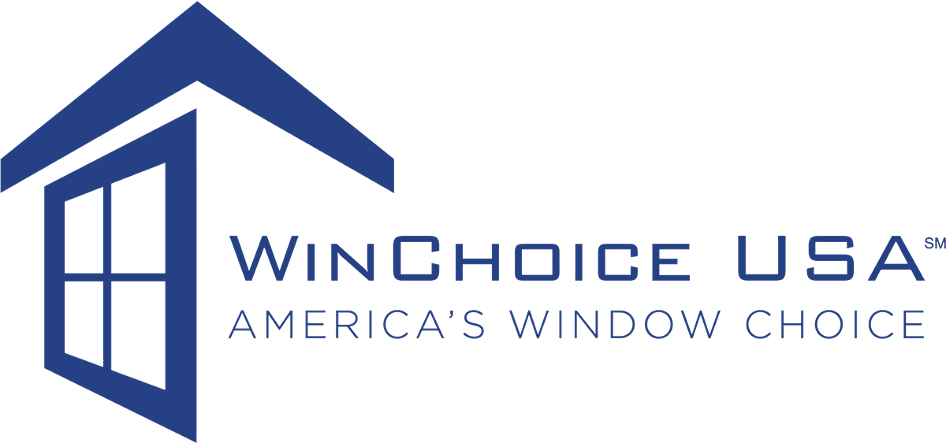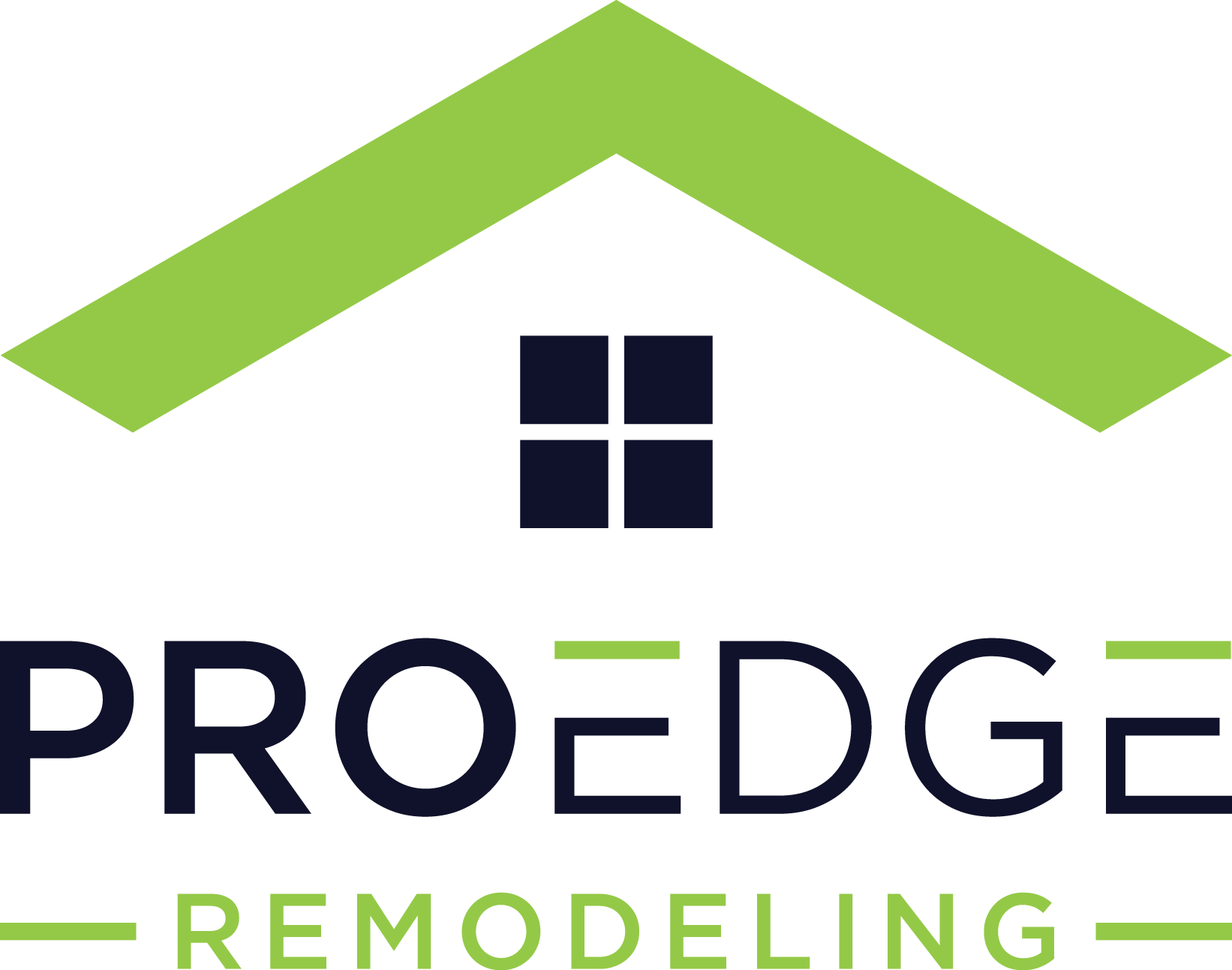Best Low-Cost Alternatives to Hardwood Flooring

*Updated May 19th, 2025
Hardwood floors are a classic for a reason—they’re warm, stylish, and instantly make a space feel more high-end. But let’s be real: real hardwood comes with a hefty price tag, especially once you factor in materials, labor, and ongoing maintenance. If you love the look but not the cost, don’t worry—you’ve got options.
The good news is that you don’t have to spend a fortune to get the wood-floor vibe. There are some fantastic low-cost alternatives that mimic the look and feel of hardwood without draining your bank account. Whether you’re renovating a single room or updating your whole house, these budget-friendly flooring choices can give you the style you want at a fraction of the cost.
In this guide, we’ll walk you through the best affordable alternatives to hardwood flooring—what they are, how they hold up, and why they might be the perfect fit for your home.
1. Laminate Flooring
Laminate is one of the most popular and affordable wood flooring alternatives on the market. Laminate flooring consists of photographic images of wood adhered to a composite core board. A transparent wear layer is then added on top to protect the photographic layer from scratches, dents and moisture.
Laminate offers homeowners many benefits of real wood at a fraction of the price. It comes in planks that click together for easy DIY installation. The photographic layer is remarkably realistic, mimicking textures and grains of oak, cherry, maple and exotic woods. Durability is excellent, with modern laminate resisting scratches, stains and fading. Laminate is easy to clean and completely waterproof when professionally installed, making it a great choice for kitchens, baths and basements. Prices start around $1 per square foot, giving the beauty of solid oak for 10% of the cost!
With realistic appearances and outstanding affordability, laminate earns top marks as a budget alternative for expensive hardwood flooring. Even luxury designers are turning to premium laminates like COREtec to capture the visual appeal of exotic woods without outrageous price tags. For wood beauty on a wallet-friendly budget, laminate can’t be beat!
2. Vinyl Plank Flooring
Vinyl plank flooring offers another affordable, attractive option for cost-conscious consumers. As technology has improved, vinyl now rivals laminate in visual appeal at lower price points. Stone plastic composite (SPC) vinyl in particular features layered constructions with stabilized cores and textured wear layers that effectively mimic natural wood grains.
Luxury vinyl planks feature quality photographic layers capped with scratch- and stain-resistant layers. This makes SPC vinyl suitable for kitchens, baths, basements and other high-traffic areas of the home. The planks float over existing floors, facilitating easy DIY installation without extensive subfloor prep. Prices are comparable to lower-end laminates, starting around $0.50 per square foot. With realistic wood-look styles and serious durability, SPC vinyl plank flooring makes an outstanding budget alternative to pricey solid hardwood.
Beyond affordability and appearance, vinyl offers other advantages over natural wood floors:
Waterproof – Vinyl won’t swell or warp when wet, unlike solid hardwoods, which can be irreparably damaged by leaks or flooding. This makes vinyl suitable for moisture-prone areas like bathrooms, kitchens, basements and laundry rooms.
Comfort & Warmth – Vinyl floors maintain comfortable temperatures underfoot. Hardwood can feel chilly in winter and hot in summer. Vinyl provides better insulation against temperature transfer.
Dent/Scratch Resistant – Quality vinyl wears layers ensure flooring that’s highly resistant to scratches, stains and indentation damage from heavy furniture or pets. For active families with kids and pets, this durability is a major perk.
Overall vinyl plank flooring gives great wood looks on strict budgets. Waterproof durability, dent resistance and affordable pricing make vinyl an outstanding pick for budget shoppers seeking the warmth and charm of real hardwood floors.
3. Tile & Stone
If you love the timeless beauty of natural stone flooring but find the costs astronomical, tile is an attractive budget alternative. Porcelain and ceramic tiles realistically mimic looks of slate, travertine, marble and other prized natural stone floors for a fraction of the cost. Large format tiles in particular offer dramatic veining and textures convincingly similar to real stone. Combine varieties to create custom patterns or single large tiles for seamless, expansive visuals.
Beyond cost savings, tile provides a few other advantages compared to natural stone:
Consistent Sizing – Natural stone has inherent size variations that require a skilled installer. Tile sizes and caliber are pre-set for simpler DIY installation.
Durability – Both porcelain and ceramic tiles are fired at high temperatures, creating an incredibly dense, durable finished product. Natural stone ranks lower on hardness scales, making it comparatively more prone to chipping and scratching.
Stain Resistance – Glazed ceramic and porcelain tiles shrug off stains, requiring only mild soap and water for cleaning. Natural stone often necessitates special sealants and cleaners to prevent absorption of oils, food and liquids that can leave permanent discoloration if not properly treated.
Tile does have a few disadvantages to weigh against savings and durability. Grout lines provide ingress for dirt, moisture and grime, requiring regular cleaning to maintain appearances and avoid buildup of bacteria and mold. Tile can also chip or crack under heavy impacts and drop damage. Lastly, tile feels colder and harder underfoot compared to the warmth and softness of natural stone. Correct underlayment can help offset cold conductivity.
For significantly less upfront investment combined with better stain protection and resilience against chipping and cracking damage, tile and porcelain stone lookalikes earn their spots as smart alternatives for pricey natural stone flooring options. Just be prepared to put in a little elbow grease for regular grout cleaning and maintenance.
4. Concrete Flooring
For resolutely modern and industrial interiors, plain concrete delivers the cool urban warehouse vibe with the affordability to match. Once relegated to unfinished basements and garages, advancements in staining, scoring techniques, aggregates and sealers means concrete can now look phenomenally modern and stylish. Even better, concrete costs a mere fraction of natural stone or hardwood. Bare concrete starts around $2-5 per square foot depending on whether you DIY or hire finishing crews to stain, polish and seal. Either option brings costs far lower than comparable natural stone or hardwood.
Beyond dramatic savings, concrete flooring offers other excellent advantages:
Indestructible Durability – Properly sealed concrete is virtually indestructible, resisting the most rambunctious pets, rowdiest parties and highest of high traffic areas. You’d be hard pressed to damage it short of intentionally taking a sledgehammer to it. Concrete won’t scratch, stain or wear like other flooring options, retaining its smooth polished sheen for decades with basic re-sealing every 3-5 years on average.
Design Versatility – From neutral hues to vivid colors, elaborate patterns, swirls, scoring and embedded objects like glass, metal fragments or stones, concrete can be customized in virtually endless ways. Staining and scoring allow concrete to resemble slate, travertine and other prized natural stone looks for a minute fraction of the investment.
Temperature Neutrality – Unlike wood or tile, concrete doesn’t feel excessively hot or cold underfoot, maintaining comfortable temperatures in all seasons.
On the downside, dropped glasses, ceramics or cookware are more prone to breaking on ultra-hard concrete floors. Cushioned rugs can offset this safety downside. Concrete also requires more intensive installation prep to ensure proper slope, drainage and curing of any custom finishes. This makes DIY installation more challenging, typically requiring hiring of professional finishing crews.
However for modern homes desiring the sleek, sophisticated look of concrete at affordable upfront investments, concrete is an outstanding budget pick. The extreme durability, customization potential and classic softened industrial edge of stained and polished concrete earns this humble material major style points as an inexpensive alternative to costly wood and natural stone flooring options.
5. Finding Your Perfect Wood-Look Alternative Floor
Hardwood floors undoubtedly offer timeless beauty and value boosts for resale. However with reality checks on construction budgets and lifestyle needs, wood alternatives like luxury vinyl plank, tile, laminate and concrete make outstanding choices replicating the beauty of real wood for fractions of the investment.
When selecting your perfect budget wood-look floor, prioritize durability needs with pets/kids, installation factors like subfloor prep and DIY-friendly options, as well as desired aesthetics. Tile, concrete and vinyl all offer superb durability for active homes, while laminate trades some scratch resistance for easier installation and comparable realism to genuine oak or cherry floors. Combining materials can provide the best of all worlds, with tile replicating marble in entryways and kitchens while vinyl planks stretch your wood floor visuals into baths, basements and beyond without fears of water damage. This lets you recreate designer looks on strict budgets by placing durable materials in high-traffic zones and sacrificing some scratch protection in formal living spaces where looks trump longevity needs.
With a spectrum looks imitating everything from weathered barnwood planks to intricate marble mosaics, wood and stone alternatives now offer solutions for nearly any decor. Review costs per square foot, factor realistic installation and prep, weigh benefits like durability and waterproof factors, and select options mimicking your dream floors aesthetics without blowing your budget. Compromise selectively, save substantially, and let wood-look alternatives give you the on-trend floors of your Pinterest dreams even on strict budgets. You and your wallet will delight at the dramatic savings and welcoming visuals of laminate, vinyl, tile and concrete alternatives providing coveted wood floor beauty without painful price tags.
FAQs
Is vinyl flooring better than laminate for kitchens?
Yes—vinyl is 100% waterproof, making it a safer, more durable option for kitchens and bathrooms.
Can I install laminate flooring myself?
Absolutely. Most laminate flooring comes with a click-lock system that’s DIY-friendly with basic tools.
Does concrete flooring crack easily?
Not if it’s properly poured and sealed. Cracks usually come from poor prep or settling, not normal wear.
What is the cheapest flooring that looks like wood?
Vinyl plank flooring is often the most budget-friendly option, with prices starting around $0.50/sq ft.
Additional Flooring Resources
- 10 Questions to Ask While Choosing Floors
- Your Quick Guide to Cleaning Floors
- What to Expect During Flooring Installation

Anna has over six years of experience in the home services and journalism industries and serves as the Content Manager at MyHomePros.com, specializing in making complex home improvement topics like HVAC, roofing, and plumbing accessible to all. With a bachelor’s degree in journalism from Auburn University, she excels in crafting localized, comprehensive guides that cater to homeowners’ unique needs. Living on both coasts of the United States has equipped her with a distinctive perspective, fueling her passion for turning any house into a cherished home through informed, personalized decision-making.








